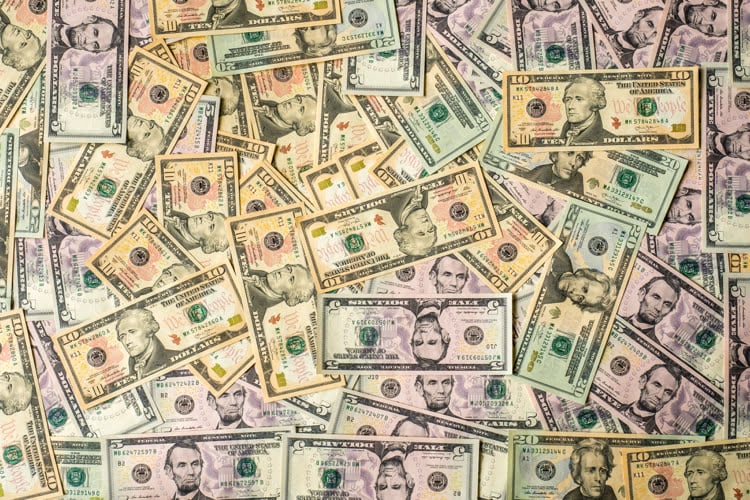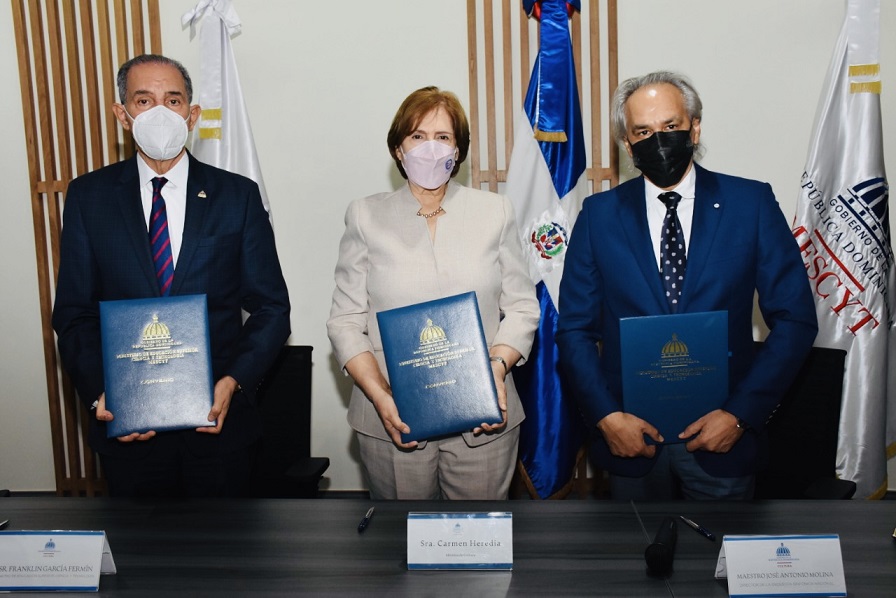Researchers at Duke University in the United States have drawn up a balance sheet of the calories one burns on average at each age in life. Their work involved a group of more than 6,000 people, aged from one week to 95 years old. Indeed, it is during childhood that the metabolism is most intense.
With a peak around the age of one. At this age, a baby burns 50% more calories every day than an adult. (in proportion to the size of his body).
For the principal author of this study, “at this age children are burning so much energy that they might be considered to be from a different species. “
Then, the energy expenditure of the human body decreases very gradually, but in children they remain higher than that of an adult until the age of 20 years. This is explained by growth but also by intense cellular functioning and by brain activity. Another study had previously shown that the brain consumes 43% of the total energy expended during childhood.
After 20 years, the body’s energy expenditure is stable for up to 60 years. It does not decrease at 30 or 40, as one might have thought. This means that if you get a little thicker at this age, it is not because of a slowing metabolism but rather because of the diet, or the lack of exercise. On the other hand, from the age of 60, our body naturally begins to spend less energy. As a result, a 90-year-old has a 26% reduction in caloric needs compared to a 40-year-old.
Better understanding the energy needs for each age group makes it possible to better adapt the dietary needs at each moment of life, especially in childhood. It also makes it possible to better adjust the dosage of drugs according to age. Metabolism is also a key to better understanding the diseases of aging, especially after the age of 60, when the body suddenly begins to consume fewer calories.
–


